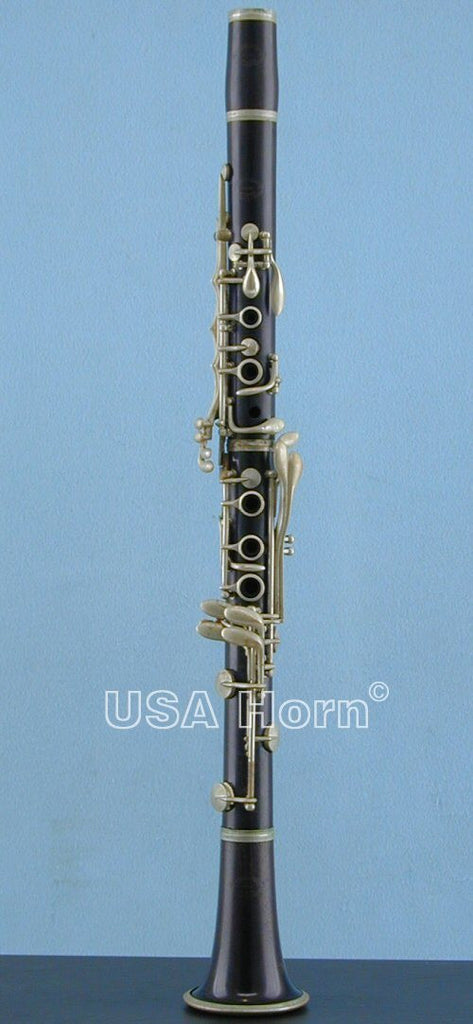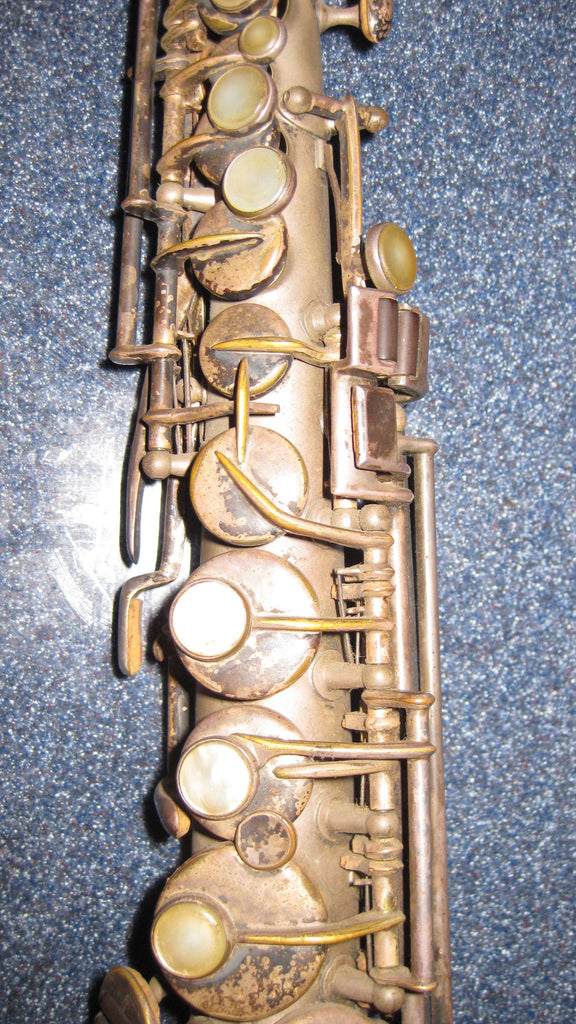

It would be very difficult (and maybe unfair) to give my opinion of the qualities of these instruments, as, like any other make, it depends so much on individual samples, their playing conditions, mouthpiece setup, the player, etc. I should also add, that what follows is purely based on mechanical differences and will limit itself only to the Made in Italy production. So what follows is simply a guide to recognising the different models produced in Italy. It was my intention to provide some details around the Grassi production (exact production years, rationale behind the models, etc.) and around its history, but so far found very little. Grassi logo and started producing saxes in the Far East with model names identical to the defunct Italian production.Īn easy way to recognise these saxes is to check the logo printed on the bell: it is no hand engraved, but laser engraved and it now shows “Ida Maria Grassi – Italy” instead of the old “Ida Maria Grassi – Made in Italy” logo. Many years after the “Made in Italy” production ceased for good, Proel (an Italian importer of musical instruments and equipment) bought the rights to the I.M.
#Rampone cazzani flute serial numbers serial numbers#
Different models were produced around the same time which makes mapping models to serial numbers impossible.



 0 kommentar(er)
0 kommentar(er)
